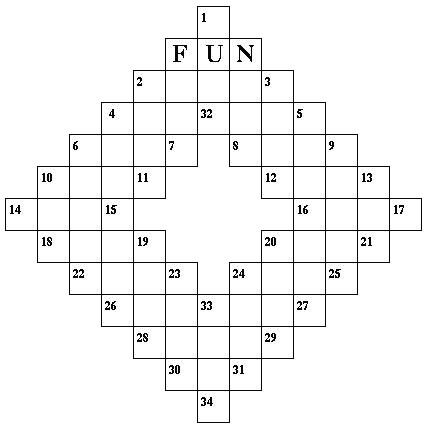Today is World Kidney Day. Lets take this day and pay respect to all patients who are living with kidney disease day and night. Lets take this time to honor the family members that are also involved in the care of the patient with kidney disease. In the last 4 decades, the kidney disease community has come a long way. Somewhere along the way, many lives were touched and many lives changed. The care of the kidney patient is much different now then it was 50 years ago.
What we have now:
1. A much more affordable treatment modality that can sustain life with dialysis in the ESRD patient.
2. Much more successful and sophisticated outcomes of kidney transplantation.
3. More treatment options for glomerular diseases
4. A better understanding of anemia and bone disease in ESRD and CKD
Some Major Breakthroughs in Nephrology in last decade:
1. More dialysis is better and the data keeps pouring in on that.
2. APOL1 gene story for AA and FSGS
3. Membranous Nephropathy is not idiopathic anymore
4. Rituximab for ANCA vasculitis and Lupus Nephritis
5. The knowledge of the T regulatory system in transplantation and glomerular diseases
6. Anemia and the Hgb target changes due to novel findings of CREATE and CHOIR
7. Late vs early initiation of dialysis question perhaps answered?
8. sUpar as the cause of FSGS
9. Pre eclampsia is a VEGF related disease that effects the kidney
10. C3 glomerulopathy and its impact on how we view MPGN pattern of injury
Happy World Kidney day
Image courtesy: as stated above


